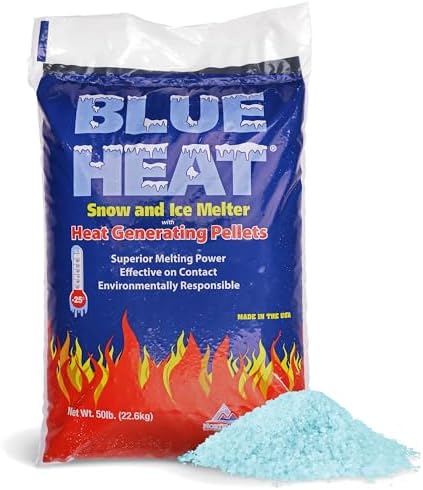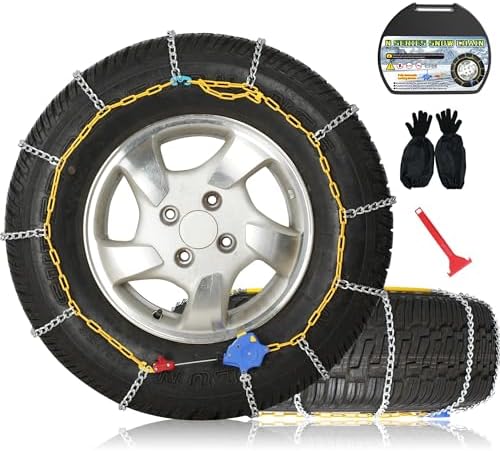Driveways are more than just a path for your vehicle; they are an extension of your home’s overall look and functionality. Over time, though, wear and tear start to show, and a little TLC can only go so far. That is where resurfacing comes in. Unlike minor repairs, resurfacing provides a new top layer for your driveway, offering durability and a refreshed look that can extend its life by years. But how do you know when it is time to resurface instead of patching up cracks or holes? Let us break down key signs that indicate it might be time to resurface your driveway, giving you a clearer idea of when repairs are not enough.
What Does Resurfacing Involve?
First, let us clarify what resurfacing is. Resurfacing means adding a fresh layer of asphalt or concrete over an existing surface, giving it a brand-new look and improving its durability. Unlike a full replacement, which requires removing and rebuilding from scratch, resurfacing works with an existing foundation (assuming it is still in good shape) and offers a refreshed, smooth surface.
1. Widespread Cracking Across a Surface
One of a most common indicators that resurfacing may be necessary is extensive cracking across pavement. While small cracks can often be sealed, large, widespread cracks suggest a deeper issue that might not be resolved with basic repairs. Cracks can occur from heavy usage, ground shifts, or just an aging process.
Types of Cracks to Watch Out For:
Alligator Cracks: These look like scales on an alligator’s skin and are a sign that a structure is weakening. Alligator cracking often signals that a simple patch job will not be enough, making resurfacing a better option.
Linear Cracks: These long, straight cracks can run along pavement and usually start small. If more than a third of a surface has these cracks, resurfacing could be a smarter, long-term solution than attempting to fix each crack.
2. Potholes and Deep Divots
Potholes are not just eyesores—they are safety hazards. When water seeps into small cracks, it can freeze, expand, and eventually cause chunks of asphalt or concrete to break away, creating holes. Multiple potholes, or potholes that have been repaired multiple times without lasting success, are often a sign that a surface is compromised. Resurfacing addresses these holes all at once, providing a smooth layer that seals out water, prevents further damage, and ensures a safer, more uniform surface.
3. Areas of Sinking or Dips
If you notice sections of pavement starting to sink, it is likely due to compacted soil or water damage beneath a surface. These dips not only look uneven but can also affect how water drains, leading to more serious issues over time. Resurfacing can help level out a surface, though it is worth noting that severe sinking might indicate foundational issues that go beyond what resurfacing alone can fix.
4. Fading and Discoloration
Sunlight, weather exposure, oil stains, and general wear can all cause a surface to lose its color and sheen. Asphalt tends to fade from deep black to a washed-out gray, while concrete can stain or lose its brightness. Fading might not always affect functionality, but it does suggest that a top layer is wearing down. Resurfacing can restore that fresh, new look and provide an extra layer of protection against further fading, stains, and damage.
5. Material Erosion or Wearing Thin
Both asphalt and concrete can start to erode over time, creating a rougher, more textured surface. Asphalt might become grainy as particles break loose, while concrete can show signs of surface stones or aggregate becoming exposed. When you notice that a surface layer is thinning, it is often a good idea to add a fresh layer with resurfacing, which can restore thickness and resilience, making it more resistant to future erosion.
6. Standing Water and Drainage Issues
Pooling water is a sign of poor drainage, often caused by dips, cracks, or surface damage. Water that collects in low areas can seep into base layers, weaken a structure, and cause additional cracking or potholes. Resurfacing is a way to level a surface and promote proper water runoff, helping to prevent future damage from moisture and prolong a pavement’s life.
7. Pavement Age
Age is a key factor in determining whether it is time to resurface. Most asphalt surfaces last around 15-20 years, while concrete can go up to 30 with good care. As surfaces approach an end of their expected lifespan, they become more susceptible to wear. If your pavement is older and showing some of these other signs, resurfacing could give it a fresh start and add a few more years without a cost of a full replacement.
8. Frequent Repairs Are Needed
If you are constantly patching up cracks, filling holes, or addressing chips and stains, it may be a sign that a surface has reached a point where small fixes are no longer effective. Repeated repairs can add up in cost and effort, and they do not always hold up for long. Resurfacing addresses a whole surface, creating a unified, smooth layer that reduces a need for frequent touch-ups and provides a more lasting solution.
9. Rough Texture or Unevenness
Rough or uneven surfaces can make pavement harder to walk or drive on and can even be a tripping hazard. Unevenness might be due to erosion, sinking, or a patchwork of repairs. Resurfacing helps to smooth out a surface, making it more comfortable to walk and drive on, and gives a cleaner, more polished appearance.
10. Rust Marks or Damage from Deicing Salt
In regions with harsh winters, deicing salts can be essential for safety, but they are tough on paved surfaces. Over time, salt can erode asphalt or cause concrete to flake, chip, or become discolored. Resurfacing offers a way to repair salt damage and create a barrier that can better withstand future exposure to salt and other harsh chemicals.
Why Resurfacing Is a Great Option
If you are debating between resurfacing and a complete overhaul, there are some big advantages to resurfacing that might make it a right choice:
Cost-Effective: Resurfacing is generally far less expensive than replacing an entire surface.
Quick Turnaround: While replacing can take a week or more, resurfacing is usually done within a day or two.
Improved Curb Appeal: Resurfacing provides a fresh, clean finish that boosts an overall look of your home’s exterior.
Extended Lifespan: With a new top layer, a surface is better protected from future damage, helping to extend its usable life.
Final Thoughts: When Is It Time to Resurface?
Knowing a signs to watch for—like cracks, potholes, fading, and increased repair needs—can help you decide when resurfacing is a right step. Small repairs here and there are normal, but if you are seeing multiple indicators, resurfacing is often a smarter, more cost-effective choice. A smooth, even, and well-maintained pavement not only looks better but also functions more effectively, keeping water at bay and preventing further issues.
If you are unsure, reaching out to a paving professional for an assessment can give you a clearer picture of a surface’s condition and whether resurfacing is a right solution. Resurfacing is not just about aesthetics; it is an investment in a durability and functionality of your pavement, ensuring it remains safe and looks great for years to come.







